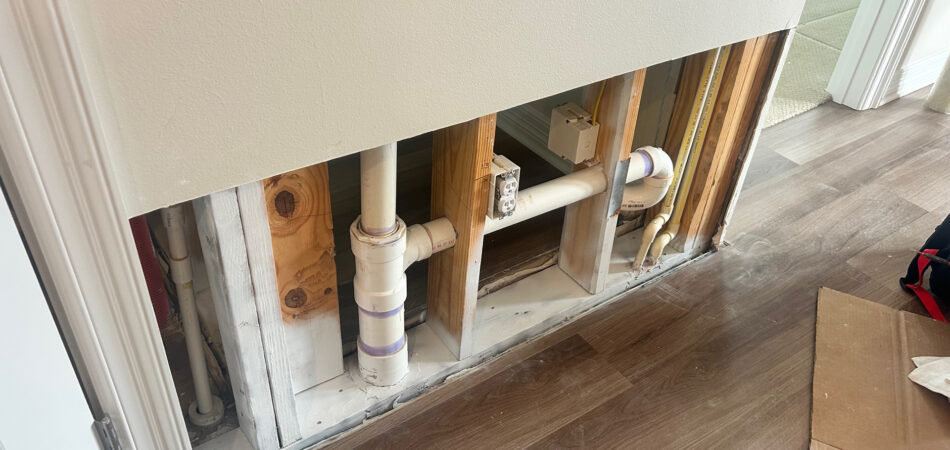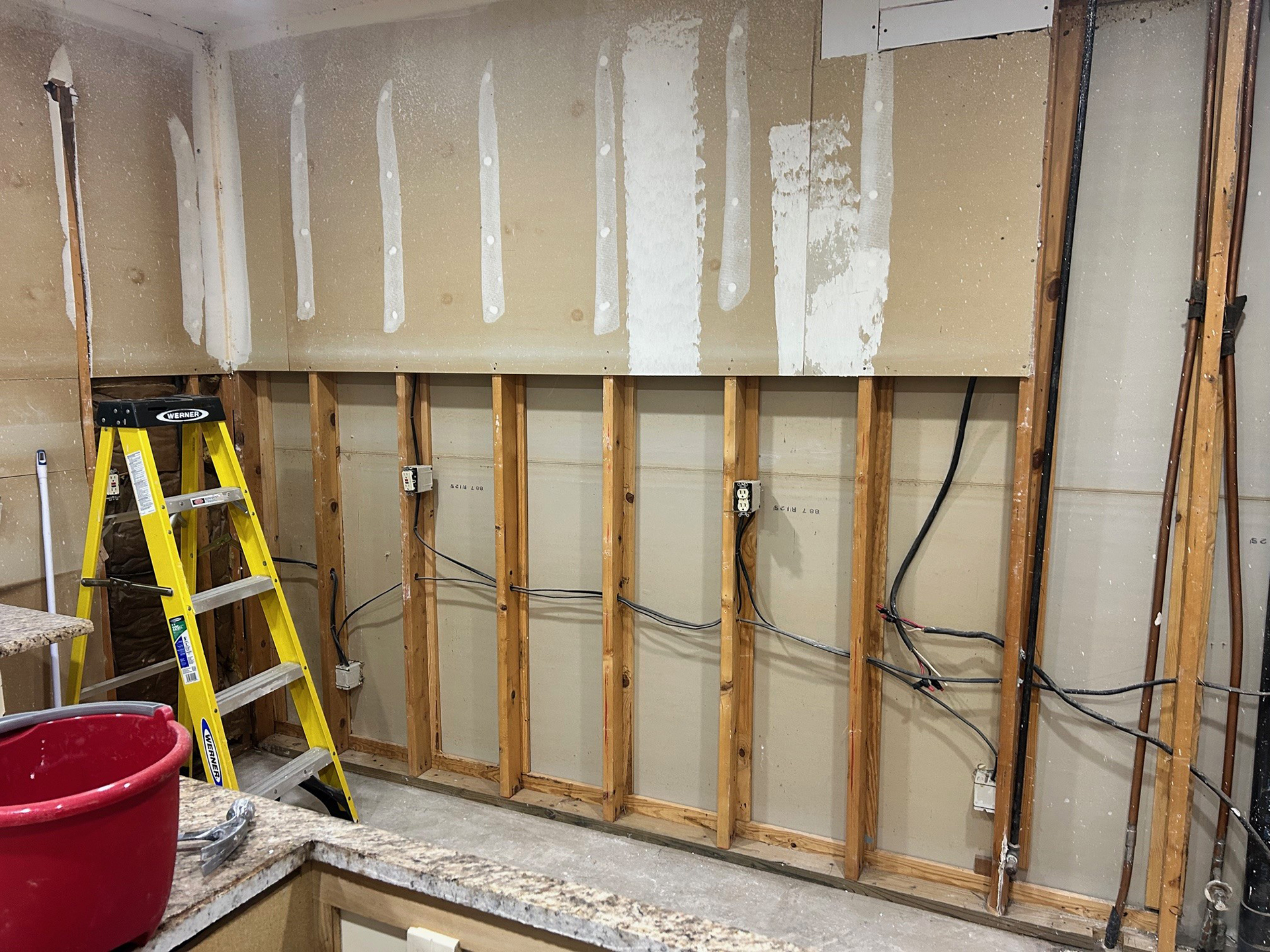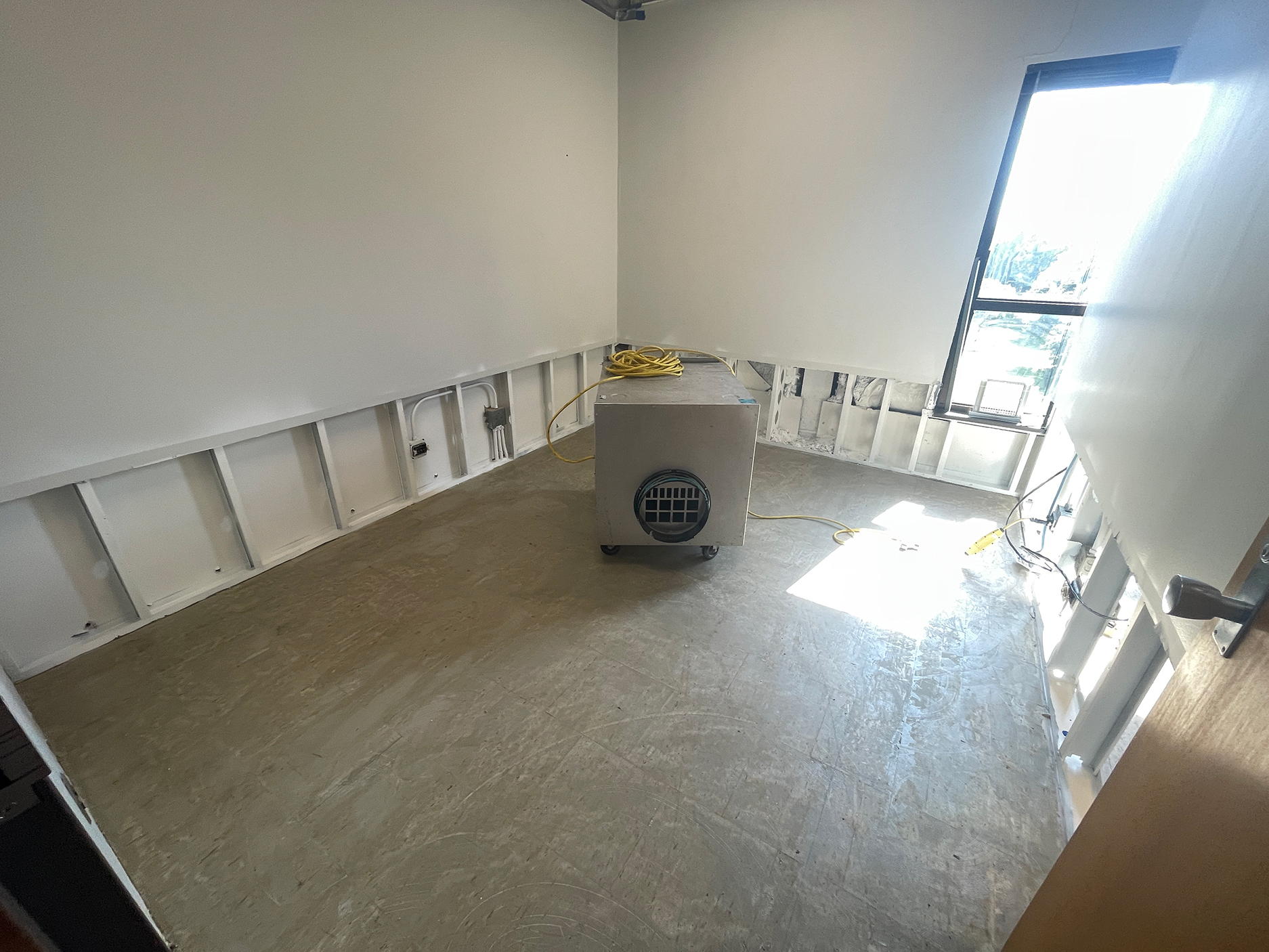One-Stop Solution for Environmental Consulting Services. Call Today: 318-780-5894
One-Stop Solution for Environmental Consulting Services. Call Today: 318-780-5894

Mold isn’t just an unsightly nuisance — it’s a biological contaminant that can damage property, trigger health issues, and reduce indoor air quality. If you’ve discovered mold in your building, it’s critical to act quickly and correctly. At APEX Environmental Solutions, our mold remediation services go beyond surface-level cleanup. We identify the source of contamination, eliminate the problem at its root, and restore your property to a safe, healthy state. Our certified mold remediation experts follow proven protocols aligned with industry standards to ensure safe, thorough results.

Mold grows when moisture meets organic material in poorly ventilated or hidden areas. Flooding, plumbing leaks, roof damage, or high indoor humidity often create ideal environments for mold to thrive. Once spores take hold, they can spread quickly — through walls, flooring, and air systems — producing allergens, irritants, and in some cases, mycotoxins.
That’s why mold remediation is not a DIY task or a “clean and cover” job. It requires proper containment, specialized equipment, and certified professionals who understand the science of fungal contamination.
Before any remediation begins, our team performs a comprehensive inspection to understand the full extent of mold damage and the underlying cause. This involves:
Understanding the moisture source is key to preventing recurrence. Our team will determine if the problem stems from leaks, condensation, HVAC malfunction, or poor drainage.

To protect occupants and prevent spores from spreading, we install physical barriers around the affected areas using heavy-duty poly sheeting. HEPA-filtered negative air machines are used to maintain directional airflow and trap airborne contaminants.
Other safety protocols include:
APEX follows the ANSI/IICRC S520 Standard for Professional Mold Remediation. We carefully remove all materials that cannot be restored, such as:
All debris is bagged, sealed, labeled, and removed through designated exits to avoid contaminating clean areas. Waste is disposed of according to local and EPA guidelines.
Non-porous materials and structural elements are cleaned using HEPA vacuuming, antimicrobial wipes, and EPA-registered fungicides. Our process includes:
Before reconstruction can begin, we use commercial-grade air movers and dehumidifiers to return the affected area to normal moisture levels. We track progress with hygrometers and moisture meters to confirm drying targets are met.
Once remediation is complete, we conduct a thorough visual inspection and may perform clearance testing (air sampling or swabs) to ensure mold has been successfully removed and conditions are safe for occupancy. A final report is issued with:
Surface cleaning may remove stains, but it rarely eliminates the root problem — especially in porous materials. Proper remediation includes source control, containment, and air quality protection.
Most projects take 2–7 days, depending on size and severity. Complex or large-scale cases may take longer, especially if structural drying is needed.
It depends on your policy and the source of the moisture. We provide full documentation and can coordinate with your insurance adjuster.
